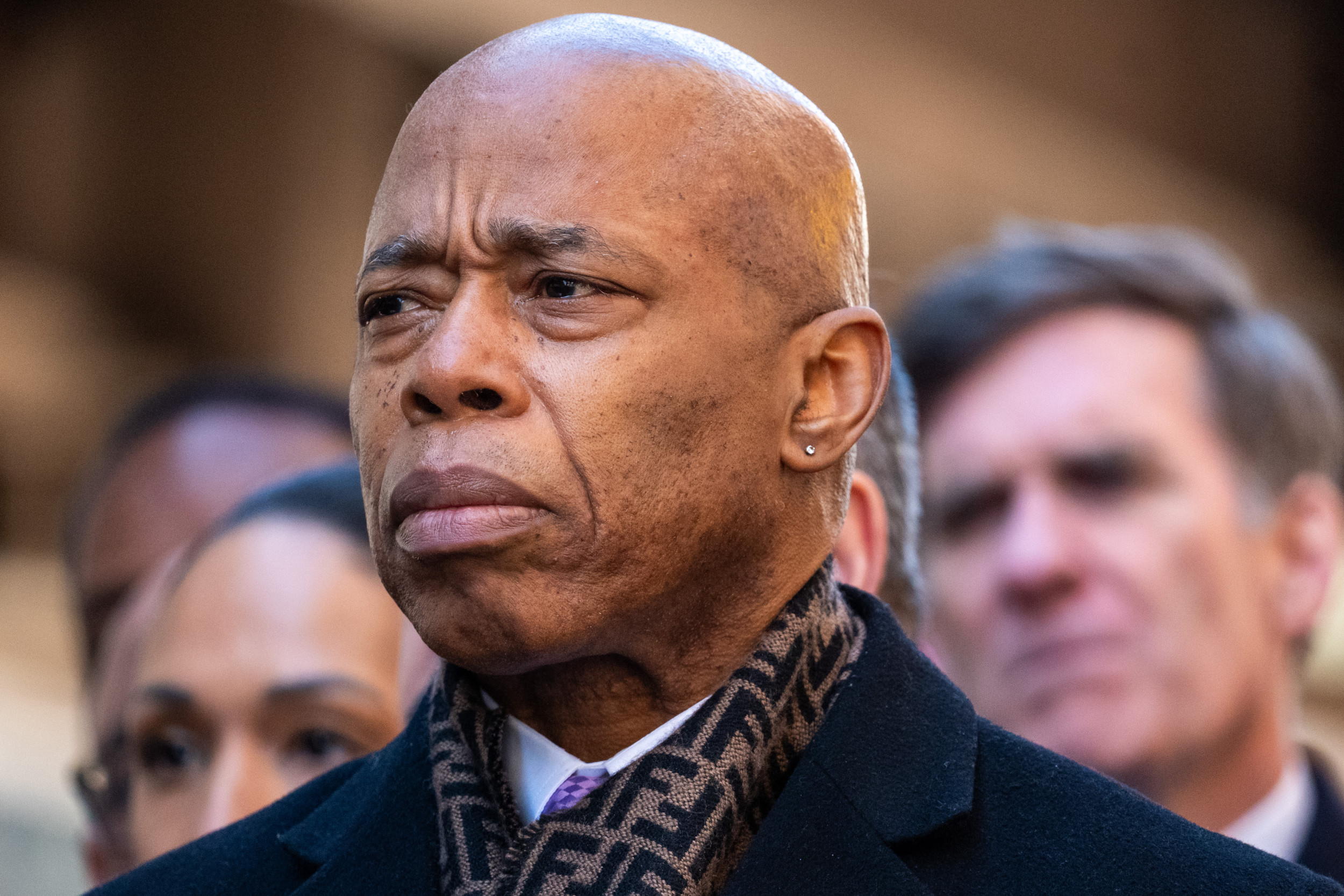The media world is now defined by streaming services—at least according to the media itself. From the business press, chronicling the so-called "streaming wars"— which Netflix has clearly won—to the consumer press, with endless discussion of consumer options and specific streaming shows.
Where business and consumer coverage have converged is around the issue of cord cutting, or canceling one's cable or satellite subscription to go the streaming route. There has been endless talk about the impact this has had on the media industry overall, and on those taking the remote control in their own hands, personalizing what they see and saving money at the same time.
What has gotten lost in all that cord cutting discussion is the impact the transition from traditional—so-called "linear" television—to streaming services has had on local television stations and the news they provide. As a country, we are already facing an enormous reduction in local news coverage stemming from the closing of local newspapers, and a massive trimming of resources for those that remain. Over the last 20 years, one third of the nation's daily and weekly local newspapers have closed. That's 2,886 newspapers shuttered across the country. According to the Medill School of Journalism at Northwestern, we are losing local newspapers at a rate of 2.5 per week.

Local broadcast television and its regular morning, early evening, and late-night news, along with 24-hour regional news channels provided by many cable companies, have become more important centers of local news and public affairs by default.
Enter the streaming era, and a new threat to local news. Every time the cord is cut, local TV stations and local cable news channels are also being cut out of the home. The streaming era is pushing local TV news way downstream, which ultimately could cause it to float away. It is not only that local audience that is lost but the fees paid by cable and satellite operators to television stations—known as retransmission consent fees—also goes away. These fees are critical revenue for local TV stations. There are some 40 million households for which local stations used to be compensated as part of the cable bundle that now provide no local station revenue.
In addition, satellite services DIRECTV and Dish are now offering customers the option of dropping local stations and getting a discount on their bill, which is sure to further to reduce the payment flow to the local broadcast industry.
While many deride the quality of local TV news as being overly focused on crime, weather, and sports, there are still many local stations and local cable news channels that focus on an array of important local issues—local elections, health and education matters, and an array of other issues of public importance to communities. So, against the acceleration of cord cutting and the certainty of a rapidly increasing number of homes dropping the cable bundle in favor of three or four streaming services, how does local television news get preserved?
Given that the Federal Communications Commission has granted free licenses to broadcasters for the spectrum they operate over in return for stations offering news, information, and public affairs programming responsive to the needs of their local audiences, it's surprising how little attention has been focused on this issue. It is clearly one that politicians have a self-interest in, since every election year the biggest boon to local station coffers is political campaign advertising, which remains a key avenue for influencing voters.
The most important attribute of having a broadcast license is that it allows the station to broadcast "over-the-air" and thus theoretically reach an entire market not just those who access cable or satellite service. That was truly meaningful when all households had antennas, but as almost all television reception became via cable or satellite over the last 40 years, many people no longer have them. Most recently, household antenna sales have picked up again, with some 8 million having been sold last year. They are now small, cheap, (around $25), and very effective in terms of quality reception in most areas. The problem is that smart TV's interfaces—for instance how the various TV apps are presented on your Samsung TV or through a Roku device—require you to select a separate input to even see what's available. That relegates local stations to a television "purgatory" that few people even know to go visit.
If the FCC mandated that each local station be presented in the same interface as one sees streaming apps such as Netflix, Hulu, Amazon Prime etc., it is easy to conceive of a household diet consisting of three or four streaming services side-by-side with all the local stations in the market.
While the broadcast network-owned streaming services like Disney+, Peacock, and Paramount + look to include their local affiliates' news within those apps, only a minority of total households in any market subscribe to these services. Additionally, these apps are focused on nationally distributed entertainment and sports without the local TV news getting much attention.
The cable companies could play an interesting role here as well. Comcast and Charter Communications have come together to create their own very well-conceived television interface, called Xumo, that enables any of their broadband Internet customers to personalize their television screen for easy access to whatever they subscribe to. It does not yet integrate over-the-air broadcast signals, but it would be in the interest of both the cable company and the local station for those cable operators to take responsibility for installing antennas for their broadband customers, while paying local broadcast stations an advertising fee for promoting a broadband service that was combined with antenna installation.
This would help the broadcast station have a substitute form of revenue in lieu of what stations were getting from being part of the cable/satellite bundle. It is surprising to me that the cable industry, which relies far more heavily on broadband business than its video business today, and local broadcast stations, which have seen their audience and revenue shrinking, have not looked to find common ground like this. But waiting much longer is going to result in local TV news going the way of local newspapers. It is not too late for the streaming era to provide a way for local stations and their local news coverage to swim back upstream.
Tom Rogers is executive chairman of Oorbit Gaming and Entertainment, an editor-at-large for Newsweek, the founder of CNBC and a CNBC contributor. He also established MSNBC, is the former CEO of TiVo, a member of Keep Our Republic (an organization dedicated to preserving the nation's democracy). He is also a member of the American Bar Association Task Force on Democracy.
The views expressed in this article are the writer's own.
Uncommon Knowledge
Newsweek is committed to challenging conventional wisdom and finding connections in the search for common ground.
Newsweek is committed to challenging conventional wisdom and finding connections in the search for common ground.





